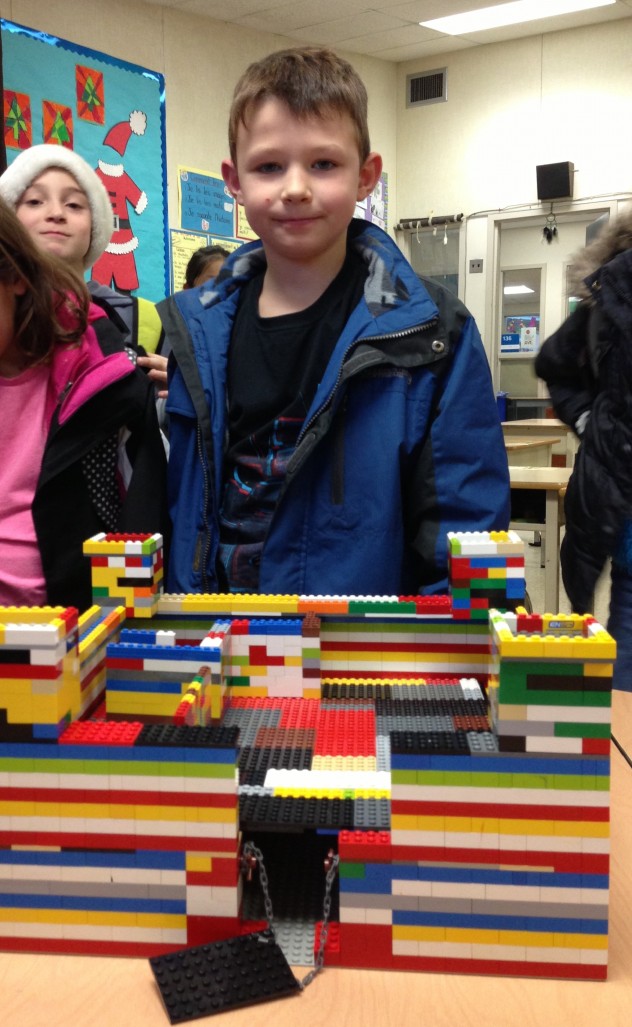
By Kavita Hoonjan (M.Ed.)
What LiD Looks Like
Imagine a classroom where each student is in the process of becoming an ‘expert’ in one particular topic. The students work once a week to research and explore their topics and to delve into the multimodal and multi-disciplinary nature of their topics. Students find facts, write poems, research the relationship of their topic to the world they live in, create art projects, and discover the mathematical and scientific connections to their topics. These students are so engaged with their learning that they find connections to their topics at any time of any day. They make connections between their topics and those of their peers and are truly disappointed if ever the time to work on their topics needs to be cancelled. Learning in Depth, or LiD, is an inquiry based program, that generates this kind of excitement, enthusiasm and meaningful in-depth learning in classrooms. (Detailed description of the program and resources can be found on the official LiD website.)
It’s what students do with what they learn when they can do what they want to do that is the real measure of educational achievement. (Eisner, 2001)

Doing LiD With My Grade 2 Students
I embarked upon LiD in my grade 2 French Immersion classroom and it proved to be incredibly rewarding for both my students and me.
I noticed very early on that, despite a few challenges that an additional language and early-literacy stages presented, the students in my class enthusiastically took on their LiD topics and quickly made them their own. Some of the topics in my class included Castles, Pirates, Birds, Jungles, Whales, Bees, Teeth and Oceans.



There were Lego castles and Lego pirate ships coming to class which the students had made on their own and with no requests on my part. When presenting speeches (during which students had a free choice of an object to hide in a bag and give hints for the audience to guess the object) chosen objects were often connected to students’ LiD topics. When we were at the Children’s Festival, students waited extra time in line, just so they could put on the costume that represented their topics, got henna tattoos connected to their topics, molded clay representations of their topics, explained that they just saw something which was connected to another child’s topic, and were sharing facts out of the blue with me regarding their topics.
One child discovered that teeth can be used by the police to identify criminals. Another learned that pirates have sailed the waters surrounding Canada. Another LiD kid in my class interviewed someone who had been to the Amazon jungle in order to learn the names of animals she had never heard of before. All of these examples demonstrate the engagement students formed with their own topics and those of their peers as well. This type of spill-over effect of taking learning and referring to it inside and outside the classroom, on school grounds and off school grounds is not something we often get the pleasure of witnessing as educators.



The epitome of LiD’s impact in that class involved two students near the end of the school year. One little girl, let’s call her Lisa, came to school one day having spent the weekend working on drawing and creating a flag that represented her topic of birds. In Social Studies, we had been learning about Canada and how particular symbols and colors can represent its different features. Lisa used symbols and colors effectively and appropriately in creating a flag to represent birds. She took her learning from one area of schooling and applied it to another (her LiD topic) by her own initiative, completely unprompted and totally outside of school hours.
Meet Jacob. Expert on Bees.
Then there was Jacob. Jacob’s topic was bees. One day, his father caught up to me in the school parking lot and asked if I had a moment. I, of course, said, “Yes.” He proceeded to show me a little video Jacob had taken and narrated “documentary style” using his dad’s phone of a little bee in their yard on Easter weekend. The following is an excerpt of his narration:
“I found this bee, my topic. He could be dead, or he could be alive. You can see the pollen on his legs. He’s cool, isn’t he? It’s [the date]…………On Easter day, I find a bee …….. my topic.” Again, this precious video clip was filmed by Jacob outside of school time and of his own initiative.
LiD has provided an avenue by which my students take ownership of, make connections with, are emotionally engaged with and are overwhelmingly excited about their learning. The fact that they took these elements outside the four walls of the classroom is the true cause for celebration.
Reference: Eisner, Elliot W. (2001). What Does it Mean to Say a School Is Doing Well? Phi Delta Kappa International, Vol. 82, No. 5, pp. 367-372.
Kavita Hoonjan has an MED in Imaginative Education. She is a teacher in the Langley School District (B.C., Canada) and a Faculty Associate at Simon Fraser University.

